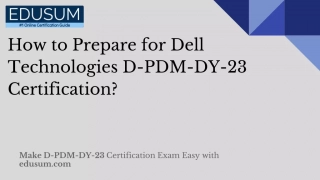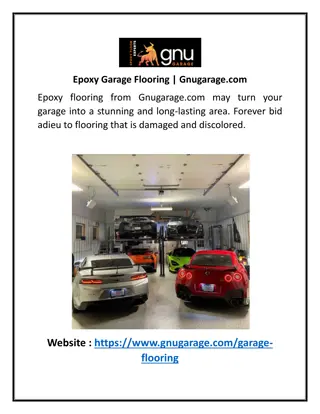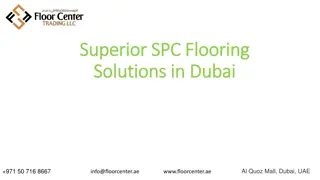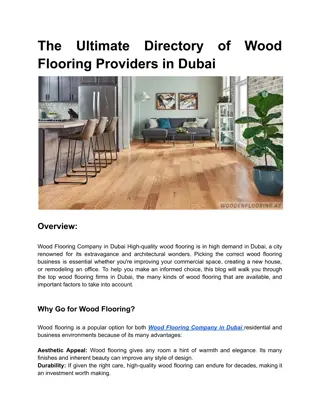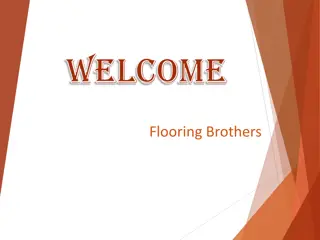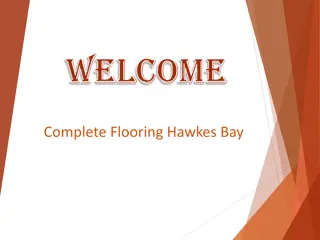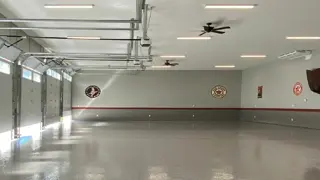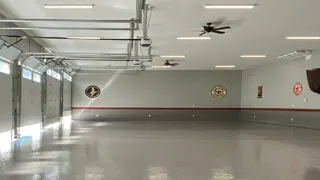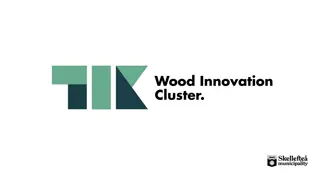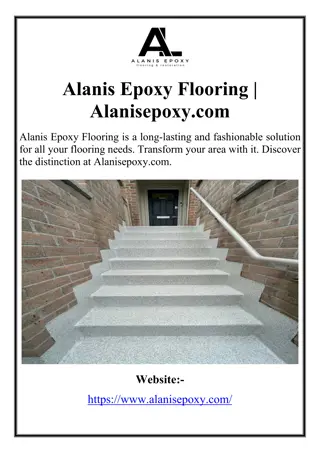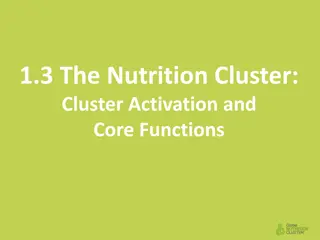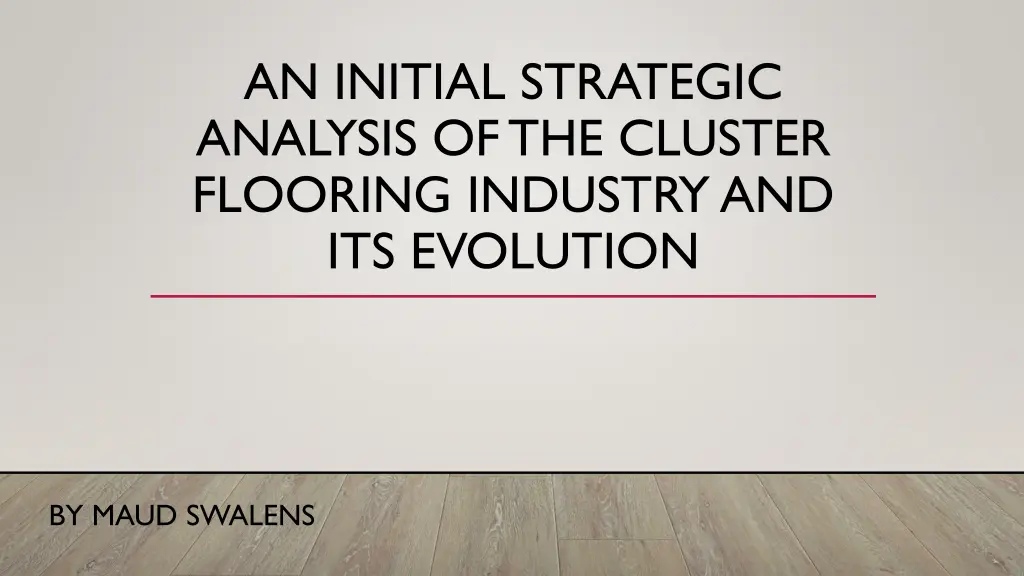
Evolution of Flooring Industry: A Strategic Analysis
Explore the evolution and strategic analysis of the cluster flooring industry by Maud Swalens. Delve into the challenges faced by established clusters, the evolution of clusters, and the impact of innovation. Discover insights from literature reviews on cluster consolidation and innovation. Methodology includes SWOT analysis and Porter’s Five Forces. Uncover the results and SWOT analysis findings of the study.
Download Presentation

Please find below an Image/Link to download the presentation.
The content on the website is provided AS IS for your information and personal use only. It may not be sold, licensed, or shared on other websites without obtaining consent from the author. If you encounter any issues during the download, it is possible that the publisher has removed the file from their server.
You are allowed to download the files provided on this website for personal or commercial use, subject to the condition that they are used lawfully. All files are the property of their respective owners.
The content on the website is provided AS IS for your information and personal use only. It may not be sold, licensed, or shared on other websites without obtaining consent from the author.
E N D
Presentation Transcript
AN INITIAL STRATEGIC ANALYSIS OF THE CLUSTER FLOORING INDUSTRY AND ITS EVOLUTION BY MAUD SWALENS
INTRODUCTION Today s economic map of the world is dominated by clusters: critical masses in one place of unusual competitive success in particular fields (Porter, 1998). Dalton, GA: Flooring Capital of the World Tufted bedspreads $21.356 billion market 85% of the U.S. carpet market
PROBLEM STATEMENT What happens to established clusters? Floorcovering cluster case study
OBJECTIVES How do clusters evolve? How do mature clusters revitalize? Do all clusters die eventually?
LITERATURE REVIEW Michael Porter s Cluster Mapping: The Floorcovering Cluster
LITERATURE REVIEW Consolidation of a Cluster Industry Speed is everything Economies of scale Specific investments Good for the individual firm, not for the cluster (Deans, Kroeger, & Zeisel, 2002; Di Minin, Bagheri, & Esthehardi, 2017)
LITERATURE REVIEW Innovation in Clusters Concentration of firms allow for information sharing:mobile employees Free flow of information: intellectual property protection (MarazziTile) Innovative investments benefit the cluster Good for the cluster, not for the individual firm (Hyland & Soosay, 2008; Sunley & Martin, 2011)
METHODOLOGY Exploratory research Secondary data for SWOT Analysis and Porter s Five Forces Primary data from interviews with six industry experts Content analysis Acquisitions Product diversification Innovation Future projections
SWOT-ANALYSIS: P26 Positive Negative Strengths Weaknesses Internal Commodity product Capital-able Heavy R&D expenses Knowledge spillover Opportunities Threats External Community focus Part of fashion and trends Easy imitation Ever-changing products
PORTERS FIVE FORCES: P27 Bargaining power of buyers: High Bargaining power of suppliers: Low Existing Rivalry: High Threat of substitutes: Low Threat of new entrants: Low
INTERVIEW RESULTS Four significant acquisitions: 2015: Mohawk acq. IVC Group 2016: Engineered Floors acq.J+J Flooring 2016: Shaw Industries acq.USFloors 2017: Engineered Floors acq.Beaulieu s assets Product diversification High diversification, high cannibalism
INTERVIEW RESULTS Innovation Products: luxury vinyl flooring Technology: waterproof, stain proof and odor resistant Manufacturing: solution-dyeing yarns The Future of Flooring No cluster decline, cluster remains located in Dalton Anticipation of trends Voice of the consumer
HOW DO CLUSTERS EVOLVE? Evolution through product diversification Focus on features and benefits What does the consumer want?
HOW DO MATURE CLUSTERS REVITALIZE? Acquisitions A strong network Capital intensive R&D The next innovation in flooring More efficient manufacturing
DO ALL CLUSTERS DIE EVENTUALLY? This cluster will not see a demise, factors are: Community support Low utility rates Skilled laborers No unions Established facilities

